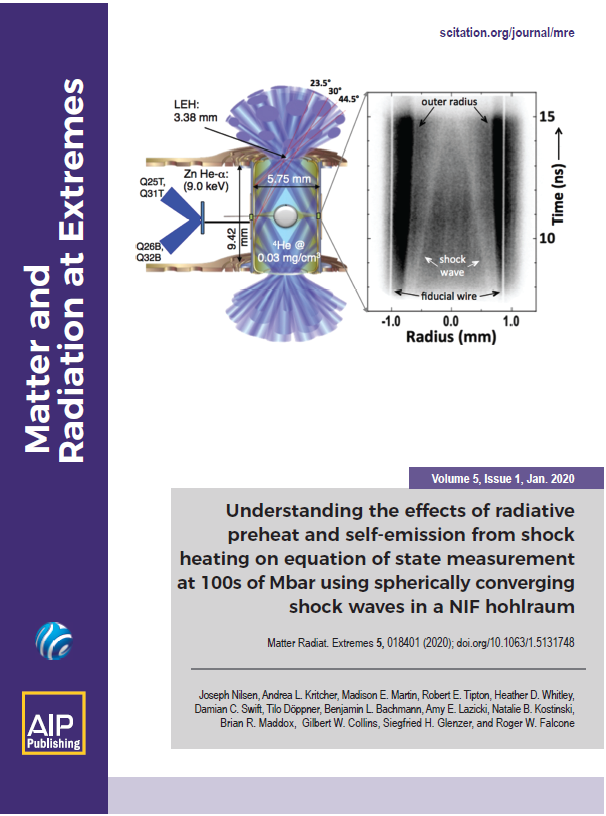Matter and Radiation at Extremes, 2020, 5 (1): 018202, Published Online: Feb. 18, 2020
Chemistry under extreme conditions: Pressure evolution of chemical bonding and structure in dense solids
Abstract
Recent advances in high-pressure technologies and large-scale experimental and computational facilities have enabled scientists, at an unprecedented rate, to discover and predict novel states and materials under the extreme pressure-temperature conditions found in deep, giant-planet interiors. Based on a well-documented body of work in this field of high-pressure research, we elucidate the fundamental principles that govern the chemistry of dense solids under extreme conditions. These include: (i) the pressure-induced evolution of chemical bonding and structure of molecular solids to extended covalent solids, ionic solids and, ultimately, metallic solids, as pressure increases to the terapascal regime; (ii) novel properties and complex transition mechanisms, arising from the subtle balance between electron hybridization (bonding) and electrostatic interaction (packing) in densely packed solids; and (iii) new dense framework solids with high energy densities, and with tunable properties and stabilities under ambient conditions. Examples are taken primarily from low-Z molecular systems that have scientific implications for giant-planet models, condensed materials physics, and solid-state core-electron chemistry.
Choong-Shik Yoo. Chemistry under extreme conditions: Pressure evolution of chemical bonding and structure in dense solids[J]. Matter and Radiation at Extremes, 2020, 5(1): 018202.




